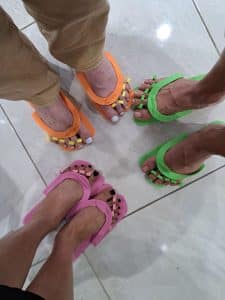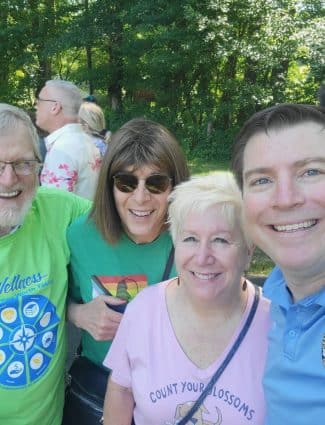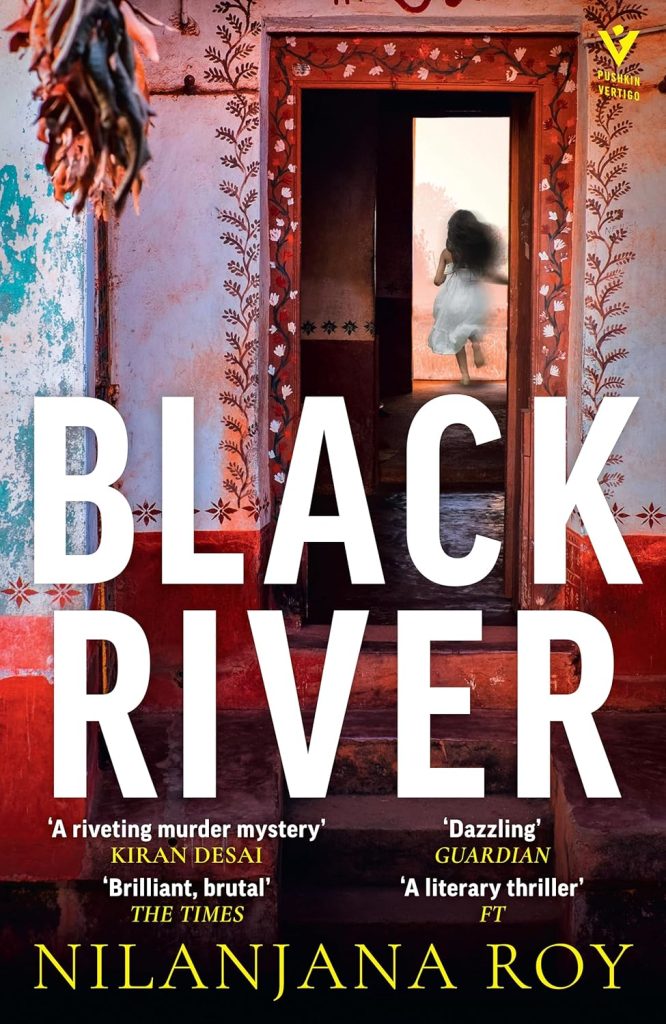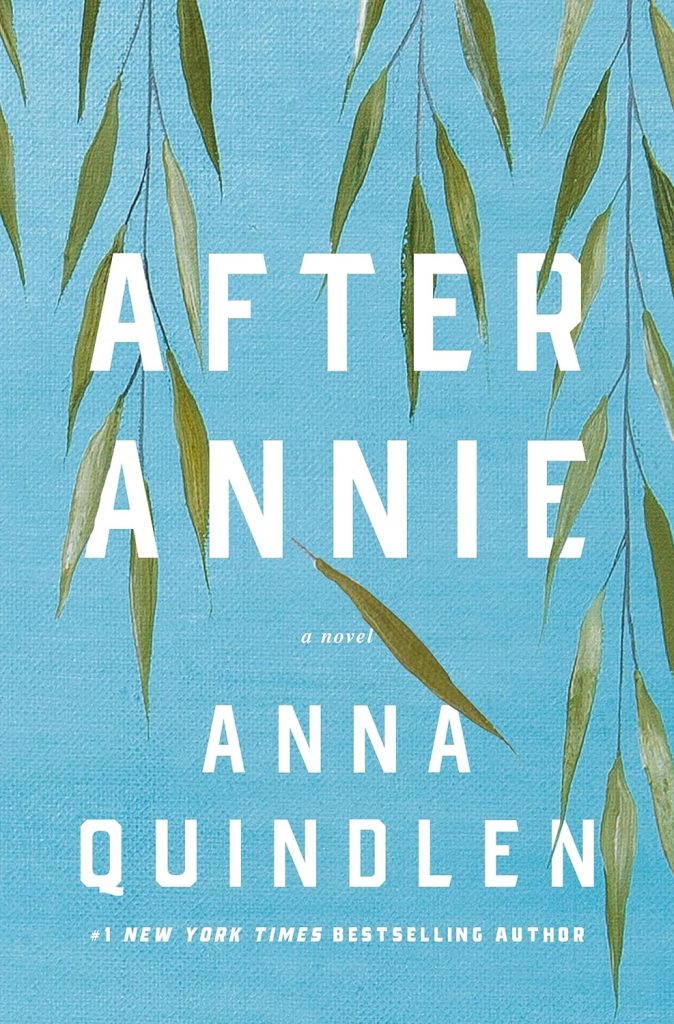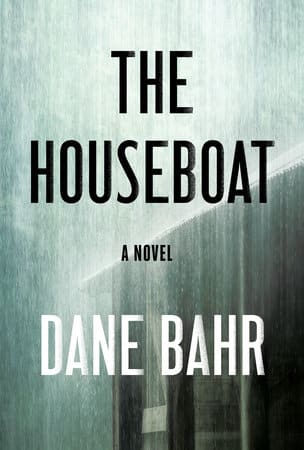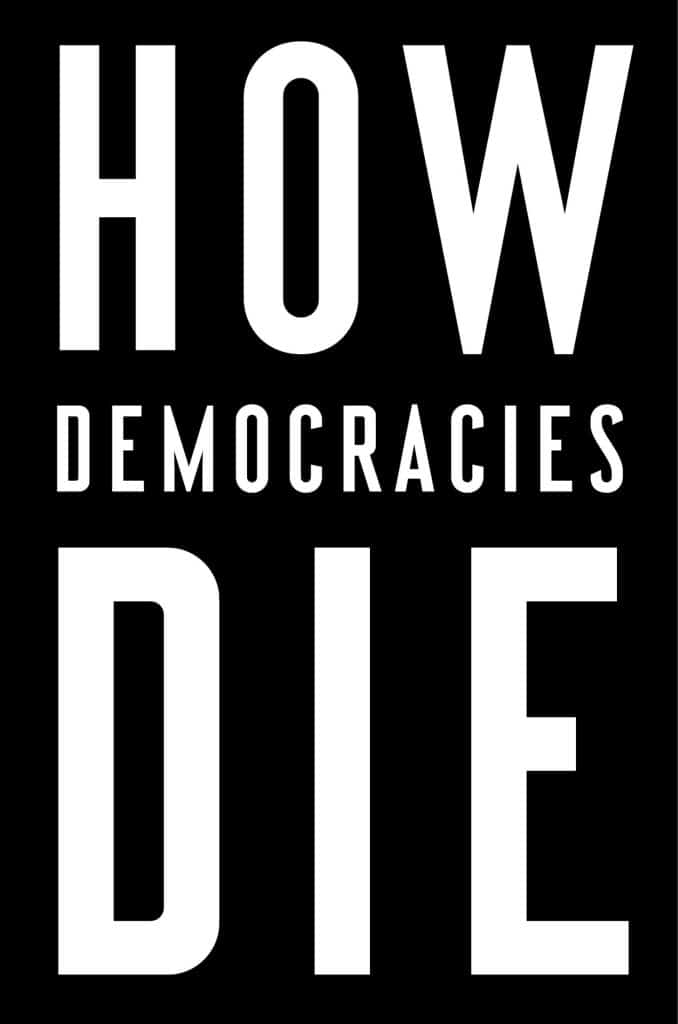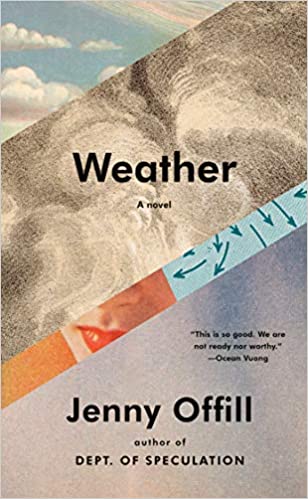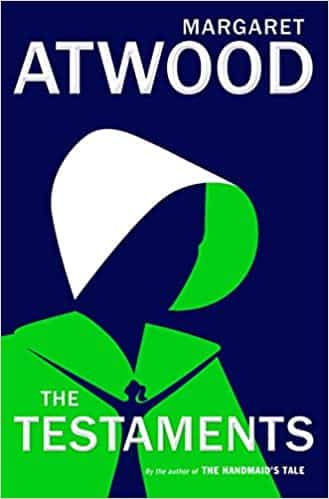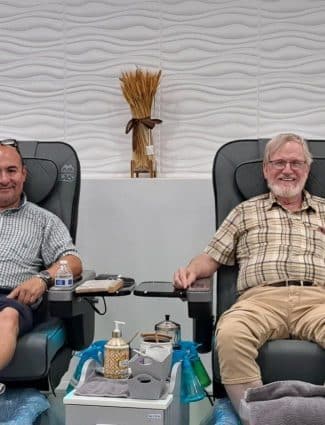
My Pampered Pinkies
My Feet Float Like Butterflies After My First Pedicure
Estimated reading time: 4 minutes, 18 secondsI lifted my right leg and began carefully cutting my toenails. Despite my caution, I ended up with unevenly cut toes, including my pinkies, but at least they were no longer sharp claws. In the early days after my wife passed away, I neglected this task, and my toenails tore a six-inch hole in the bedsheet as if it was slashed by one of my butcher knives, which left me frustrated and helpless. As soon as I started cutting my other foot, a sudden sharp pain shot through my lower back as I crossed my legs. Despite the discomfort, I managed to finish the task, although my attempt to declaw my foot was ineffective.
Applying the lidocaine patches to my back has been quite a challenge, especially since I live alone. As I carefully maneuvered to use them, the awkwardness of unpeeling and placing them on my back was one of the daily frustrations of my life. After I found the spot where I wanted to put the patch and unrolled it, my hands would become stuck as if it were a sticky bug strip. I would always manage to get the patch into place, but some wrinkles would cause discomfort and be unpleasant.
Although I noticed improvement over the following week, it was a stark reminder of the challenges of living alone. Despite the eventual decrease in pain, it served as a poignant reminder of the hurdles of living independently. As I read in Atul Gawande‘s “Being Mortal,” the inability to perform simple tasks like trimming toenails can indicate struggles with daily activities, particularly for older individuals.
Last Saturday, I had breakfast with my good friends Ana and Hugo. I sought their advice on where to get a pedicure and hoped they could recommend a nail salon. Instead, they suggested that we all go together, which wasn’t surprising given our close friendship. The following day, at 5:30 in the evening, I strolled the short, mostly level distance of 450 feet from my residence to Elegance Nails IV, located in Cleveland Plaza in Cranford. Upon arriving, I first encountered Hugo and then Ana. At that moment, I paused to consider whether I wanted to proceed with our plan.
As I settled into the chair and felt the soothing pressure of the vibrating and rolling massage of the backrest, any lingering doubts about my decision dissipated. Without hesitation, I opted for a more luxurious and comprehensive pedicure, reassured by Marta’s exceptional skills and attention to detail. Although it took her a few moments to position my feet correctly, as I had no idea where they should be, her expertise was evident as she carefully washed my feet, exfoliated the calluses, massaged my calves, and expertly trimmed my nails. With each gentle touch, I couldn’t help but let out a few giggles, much to the playful admonishment of Hugo. Despite my efforts to stifle my laughter, Marta’s nurturing and skilled hands created an atmosphere of relaxation and delight, turning a simple nail care session into a truly indulgent and joyful experience. The transformation of my feet, the care and attention I received, and the laughter shared with friends all contributed to a deeply emotional journey I will always cherish.
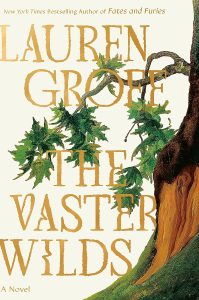 Despite setting my iPhone to Do Not Disturb, a good friend called me, and I informed her I was having my first pedicure. I answered and explained that I was having my first pedicure. She then told me that her Rabbi liked the project we had worked on, but I had to ask her to hold while I chose a color for my toes. Hugo and Ana suggested light blue. When I returned to the call, my friend informed me that her Rabbi had recommended Green to show support for Israel. “Next time,” I said, adding, “No one will see my toes.” The joy I felt from the pedicure wilted slightly; knowing I would return to living alone reminded me of Lauren Groff‘s comment in The Vaster Wilds: A Novel, “To be alone and surviving is not the same as being alive.” But the warmth of my friends’ support wrapped around me, a comforting reminder that I was not truly alone.
Despite setting my iPhone to Do Not Disturb, a good friend called me, and I informed her I was having my first pedicure. I answered and explained that I was having my first pedicure. She then told me that her Rabbi liked the project we had worked on, but I had to ask her to hold while I chose a color for my toes. Hugo and Ana suggested light blue. When I returned to the call, my friend informed me that her Rabbi had recommended Green to show support for Israel. “Next time,” I said, adding, “No one will see my toes.” The joy I felt from the pedicure wilted slightly; knowing I would return to living alone reminded me of Lauren Groff‘s comment in The Vaster Wilds: A Novel, “To be alone and surviving is not the same as being alive.” But the warmth of my friends’ support wrapped around me, a comforting reminder that I was not truly alone.
Hugo inquired about the frequency of pedicures while his toes were drying under ultraviolet light. The response was “every three weeks.” Knowing that I couldn’t take care of my toenails alone, I accepted that monthly pampering might be essential despite my tight budget. Any doubts that lingered in my mind vanished as my feet floated like butterflies during my morning walk. Despite walking faster and covering more miles, my calorie burn fell from previous walks. I blamed Siri for a defective algorithm failing to measure my calorie burn. I almost asked Siri if I would forever live alone, but I chose not to, as I didn’t want to hear a deflating answer. The pedicure, with its physical and emotional benefits, profoundly impacted my well-being, reminding me of the importance of self-care and the joy I found in a simple but crucial indulgence.



